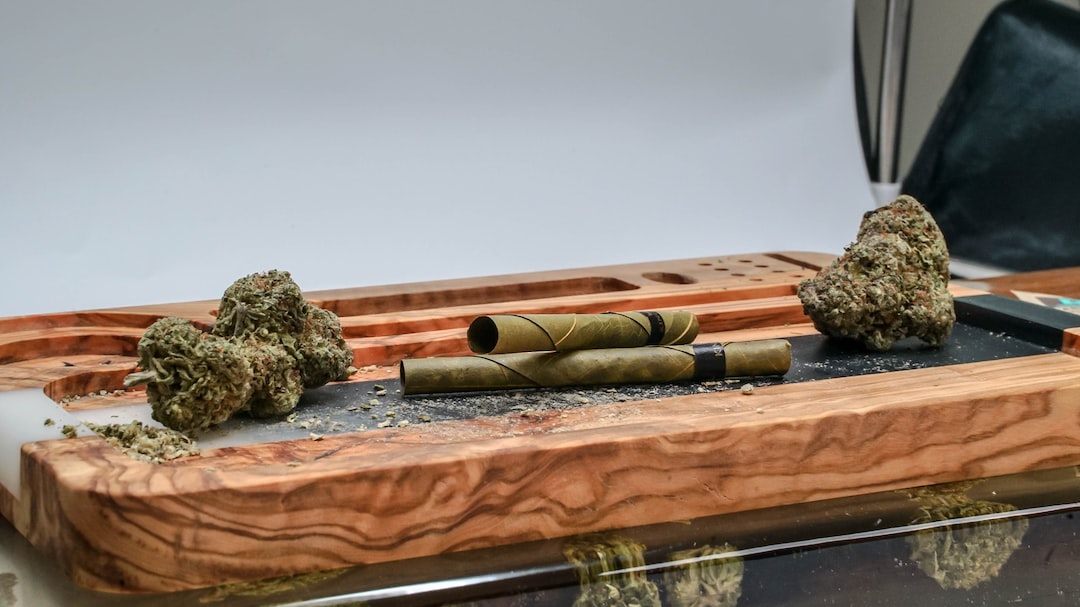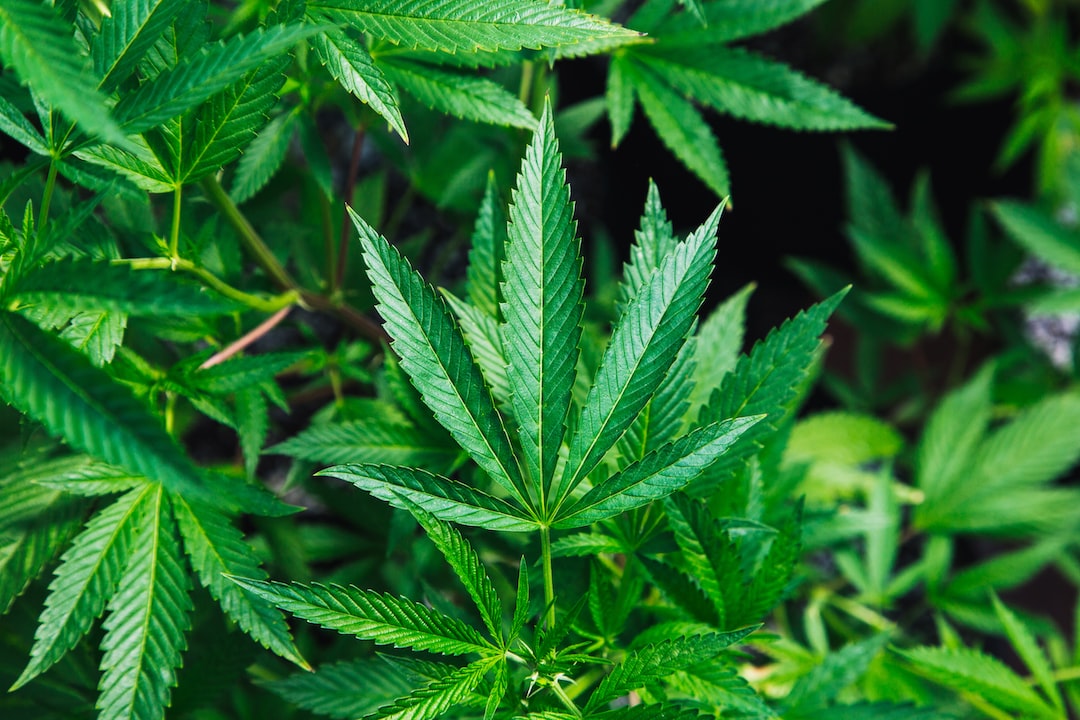Mastering Vapor Pressure Deficit (VPD)
Vapor Pressure Deficit (VPD) in Cannabis Cultivation
 Understanding Vapor Pressure Deficit (VPD)
Understanding Vapor Pressure Deficit (VPD)
Vapor Pressure Deficit (VPD) in cannabis cultivation refers to the difference between the pressure of water vapor in the air and the air’s actual vapor pressure. This differential plays a crucial role in plant transpiration and overall growth, making it a significant factor in cannabis cultivation. VPD is closely associated with humidity, and controlling it is essential for maintaining optimal plant health and productivity.
To illustrate, consider a scenario where the air is heavily saturated with moisture. In such conditions, the VPD decreases, leading to reduced transpiration and potentially hindering nutrient uptake in cannabis plants. Conversely, when the VPD is too high, the risk of excessive water loss through transpiration arises, impacting the plant’s overall health and development.
 Optimizing Vapor Pressure Deficit (VPD) for Cannabis Growth
Optimizing Vapor Pressure Deficit (VPD) for Cannabis Growth
In cannabis cultivation, it is vital to maintain specific VPD ranges at different stages of the plant’s life cycle. Small VPD levels can contribute to issues such as root rot and mold, while large VPD levels may lead to leaf curl and tip burn, emphasizing the need for careful VPD management throughout the cultivation process. Maintaining a healthy VPD is essential for promoting healthy transpiration rates and ensuring robust plant development.
For instance, during the vegetative stage, the ideal VPD range may differ from that during the flowering stage. Adjusting VPD levels accordingly is crucial to support the plant’s changing needs and optimize its growth and productivity.
Measuring and Controlling VPD in a Cannabis Grow Room
Measuring VPD in a cannabis grow room can be achieved using VPD meters and leaf temperature measurement tools. These tools provide insights into the current VPD levels, allowing growers to make informed adjustments. To control VPD, techniques such as adjusting relative humidity using dehumidifiers or humidifiers can be employed. Additionally, specialized equipment and technologies, including controllers for humidification and dehumidification systems, can aid in maintaining optimal VPD levels within the grow room environment.
Cannabis VPD Requirements
 Cannabis VPD Chart (image courtesy of IndoGrow)
Cannabis VPD Chart (image courtesy of IndoGrow)
Cannabis plants need a VPD between 0.5 and 1.5, with the ideal VPD for cannabis increasing as the plant matures. Consulting a VPD chart can help you determine the ideal parameters for your grow room.
The best VPD levels for each life stage of weed will be discussed in greater detail below, with optimal values pulled from the VPD chart above.
Target VPD for Cannabis Seedlings
During the seedling stage, cannabis needs a VPD of 0.4 to 0.8. Young plants are still developing their root system and have smaller, more delicate leaves, so they are particularly sensitive to environmental stressors. Lower VPD levels correspond to slower transpiration but are also gentler on the plant during this critical stage of growth.
Target VPD for Cannabis Vegetative Stage
Vegetative stage VPD should fall between 0.8 and 1.1. VPD levels should rise during the vegetative stage, starting below 1.0 in early veg and increasing to around 1.1 by late veg. These numbers should provide the ideal balance of temperature and humidity to keep your plants transpiring throughout the day without becoming dehydrated or overly stressed.
A VPD for cannabis below 0.8 will lead to closed stomata and poor transpiration, while numbers above 1.1 have the potential to lead to unwanted side effects such as burning, dehydration, and slower growth.
Target VPD for Cannabis Flowering Stage
VPD for cannabis should continue to rise during the flowering stage from around 1.2 in early flowering to 1.5 in late flowering. These relatively high VPD levels will stress the plant enough to trigger flower production. Although raising VPD helps increase yield, going above 1.5 is not recommended, as this will cause the plant to either reduce photosynthesis, close it’s stomata, or leave them open and risk dehydration.
An example of technology used for VPD control in cannabis cultivation is the Koolfog cannabis fogging system, which operates at high pressures to create micron-sized water droplets. This system can be tailored to suit various cultivation environments, offering a method for precise VPD management.
Impact of VPD on Cannabis Yield and Plant Health
The impact of VPD on cannabis cultivation extends to yield quality, nutrient uptake, and overall plant vigor. Effective VPD control plays a pivotal role in mitigating plant stresses and pathogenesis, contributing to improved yield quality and overall plant health. Furthermore, integrating VPD control with carbon dioxide injection can further enhance yield quality and plant vitality, underscoring the importance of VPD management in cannabis cultivation.
By maintaining optimal VPD levels, growers can ensure that their cannabis plants are equipped to efficiently absorb nutrients and facilitate robust growth, ultimately leading to a successful harvest.
 Mastering VPD for Cannabis Cultivation Success
Mastering VPD for Cannabis Cultivation Success
Mastering VPD in cannabis cultivation involves strategies for achieving and maintaining optimal plant performance throughout the cultivation process. This includes continuous monitoring and adjustment of VPD based on environmental conditions and plant responses. Efforts in VPD control are essential for preventing issues such as nutrient burn, slow photosynthesis, and susceptibility to pests and diseases, highlighting the critical role of VPD management in cannabis cultivation [3, 4].
By adopting comprehensive VPD control practices, growers can optimize the growth and health of their cannabis plants, ultimately leading to a successful and rewarding cultivation experience.
Frequently Asked Questions (FAQs)
- What is Vapor Pressure Deficit (VPD) and how does it relate to cannabis cultivation? Vapor Pressure Deficit (VPD) refers to the difference between the pressure of water vapor in the air and the air’s actual vapor pressure. In cannabis cultivation, VPD plays a crucial role in plant transpiration, nutrient uptake, and overall growth, making it a significant factor in optimizing cultivation conditions.
- Why is Vapor Pressure Deficit (VPD) important in cannabis cultivation? VPD is essential in cannabis cultivation as it directly impacts plant transpiration, nutrient absorption, and overall growth. Maintaining optimal VPD levels is crucial for promoting healthy transpiration rates and ensuring robust plant development.
- How does Vapor Pressure Deficit (VPD) affect plant transpiration and growth in cannabis cultivation? VPD influences plant transpiration by regulating the movement of water and nutrients within the plant. It plays a vital role in maintaining healthy transpiration rates and supporting overall plant growth.
- What are the optimal VPD ranges for different stages of cannabis growth? Optimal VPD ranges vary across different stages of cannabis growth, with adjustments needed throughout the plant’s life cycle to support its changing needs and maximize growth and productivity.
- How can Vapor Pressure Deficit (VPD) be measured and controlled in a cannabis grow room? VPD can be measured using VPD meters and leaf temperature measurement tools, with control achieved through techniques such as adjusting relative humidity using dehumidifiers or humidifiers. Specialized equipment, like controllers for humidification and dehumidification systems, can aid in maintaining optimal VPD levels.
- What are the potential risks associated with small and large VPD in cannabis cultivation? Small VPD levels can lead to issues such as root rot and mold, while large VPD levels may cause leaf curl and tip burn, emphasizing the need for careful VPD management throughout the cultivation process.
- What equipment can be used to control Vapor Pressure Deficit (VPD) in cannabis cultivation? Equipment such as VPD meters, leaf temperature measurement tools, dehumidifiers, humidifiers, and controllers for humidification and dehumidification systems can be used to measure and control VPD in cannabis cultivation.
- How does Vapor Pressure Deficit (VPD) impact yield quality and plant stresses in cannabis cultivation? VPD directly impacts yield quality, nutrient uptake, and overall plant vigor. Effective VPD control plays a pivotal role in mitigating plant stresses and pathogenesis, contributing to improved yield quality and overall plant health.
- How can VPD control be integrated with carbon dioxide injection in cannabis cultivation? Integrating VPD control with carbon dioxide injection can further enhance yield quality and plant vitality, underscoring the importance of VPD management in cannabis cultivation.
- What are the recommended VPD values and environmental adjustments for growing autos in cannabis cultivation? Recommended VPD values and environmental adjustments for growing autos in cannabis cultivation may vary based on factors such as temperature, humidity, and the specific needs of the auto plants. Monitoring and adjusting VPD based on the plant’s environment and responses are crucial for successful cultivation.



 Benefits of Tissue Culturing in Cannabis Cultivation
Benefits of Tissue Culturing in Cannabis Cultivation Disease Prevention and Genetic Preservation
Disease Prevention and Genetic Preservation